While some celebrate Easter Sunday—the day our Savior rose from the dead—others participate in hotels and mall Easter Egg Hunting events. However, there is a custom that all Filipinos follow on the last day of the Holy Week: going to the beach.
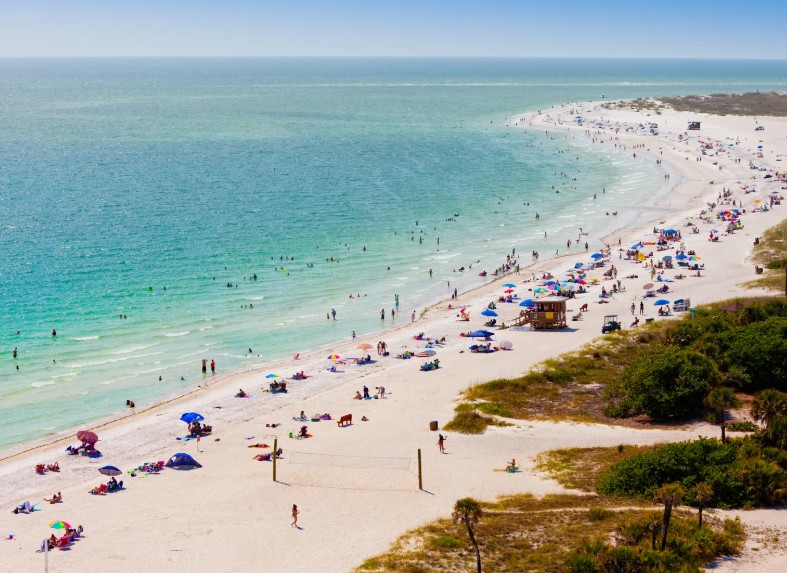

A Vacation & A Religious Retreat
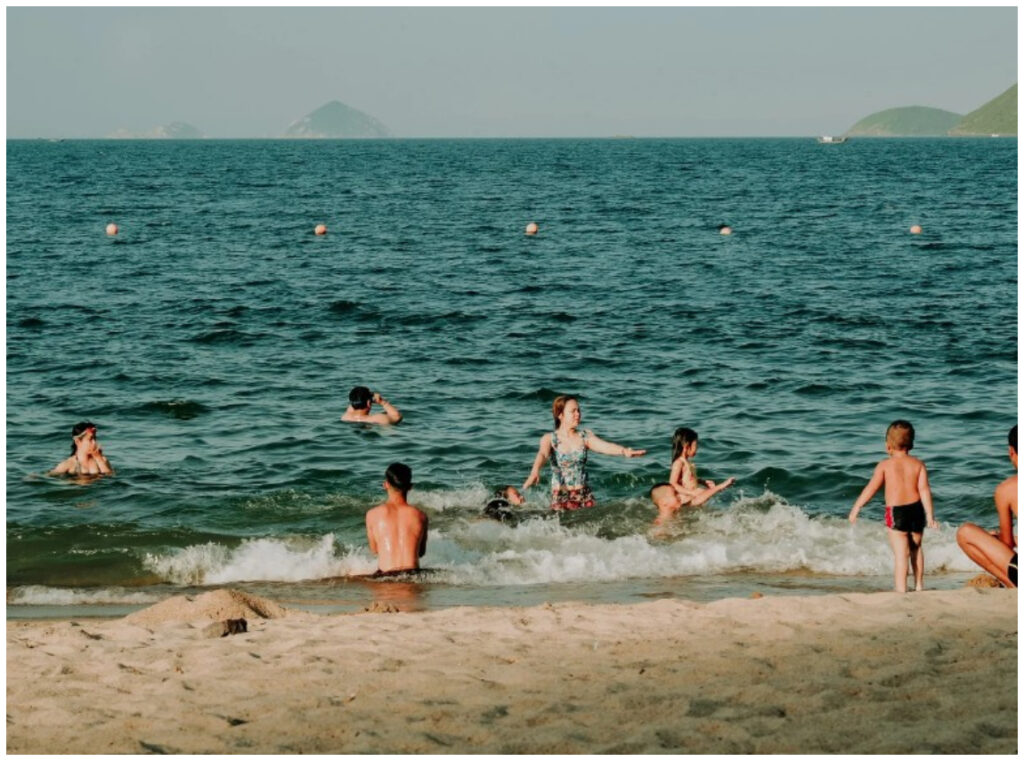
Easter Sunday marks the arrival of the summer season in the Philippines, and what better way to celebrate life than by gathering with your loved ones near the ocean, which offers both refreshment and renewal.
Indigenous Filipinos believed in the ocean’s healing and purifying powers before the arrival of the Spanish. The seashore is a suitable location for Easter celebrations because of these beliefs, as well as Christian ideas of rebirth and renewal. Though its roots are firmly anchored in the rich fabric of Filipino culture, religion, and history, the custom is as timeless as the waves themselves.
Easter Sunday beach visits are more than just a leisure activity; they reflect the bayanihan spirit and sense of community that characterize Filipinos. Armed with barbecues, picnic baskets, and exuberant enthusiasm for life, families gather in large numbers.
But why the beach, specifically?
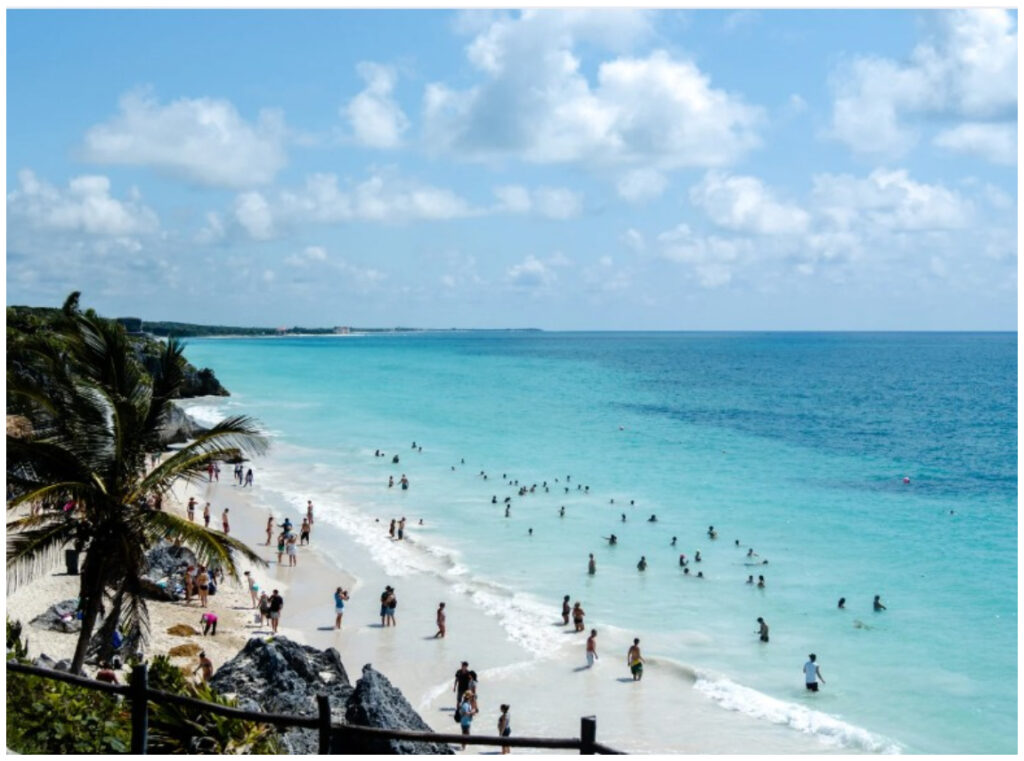
Its rhythm was recognized by early seafarers and coastal communities as a representation of the harmony of nature. This respect for water took on additional meanings when Catholicism arrived in the Philippines, as the baptismal waters represented both spiritual rebirth and forgiveness of sins.
Health and Safety Reminders
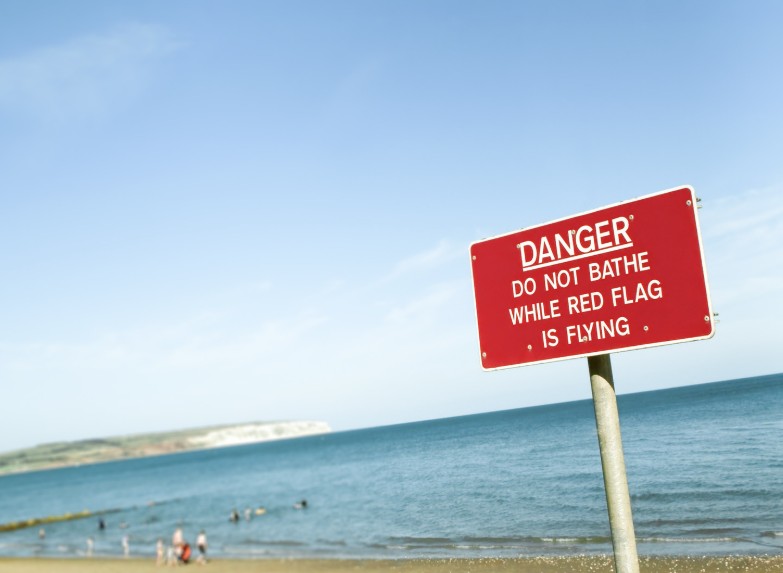
Friendly reminder for our beachgoers this Easter: for those swimming in hazardous and potentially bio-hazardous areas, such as the SRP and Pasil, please exercise extreme caution. If possible, seek out cleaner and safer spaces to avoid health risks and potential injuries.
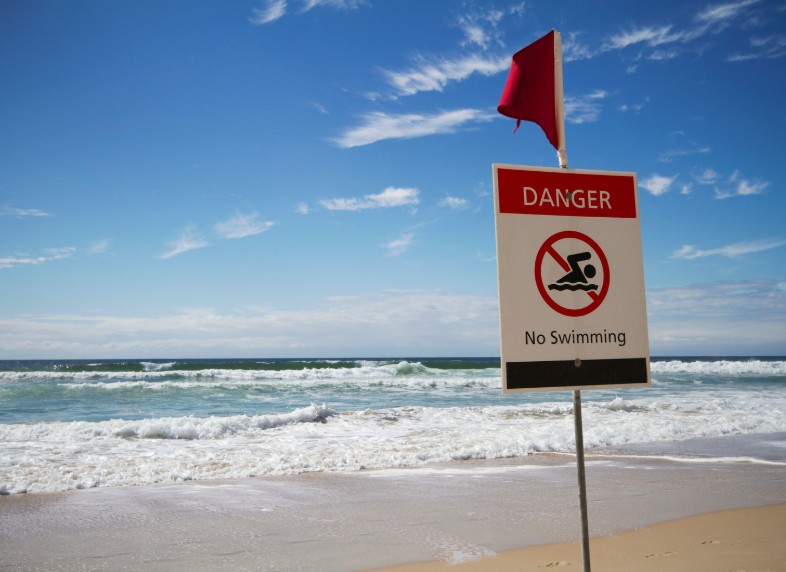
Through generations, this tradition has grown stronger, passed down from elders to the young with each tide. Easter Sunday at the beach isn’t merely a day of leisure; it is an expression of Filipino identity.


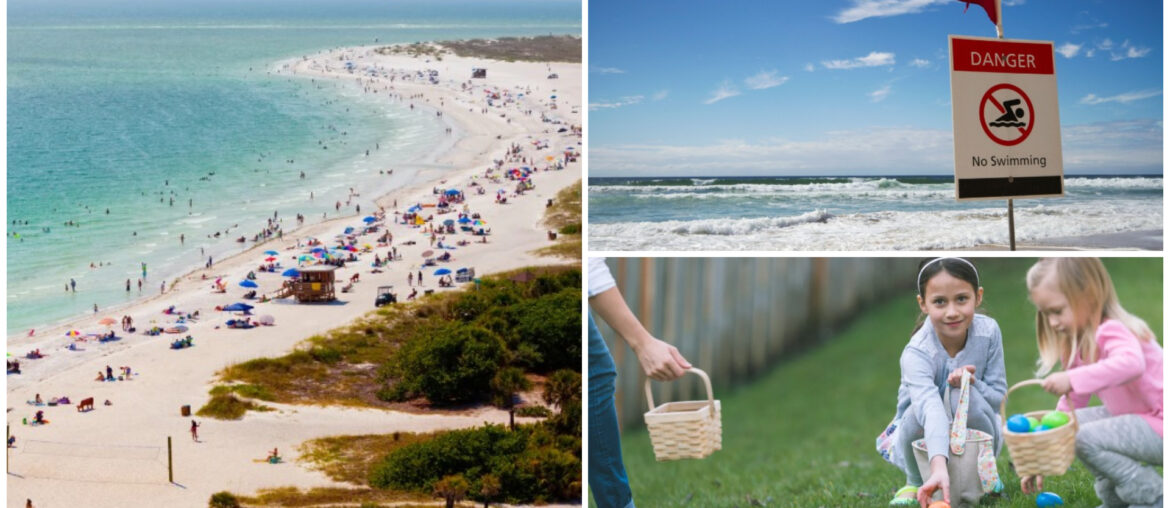
Comments are closed.